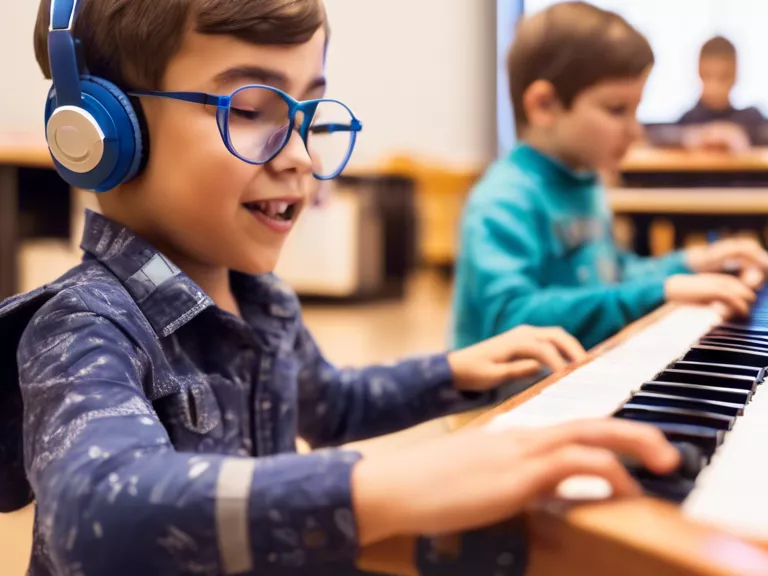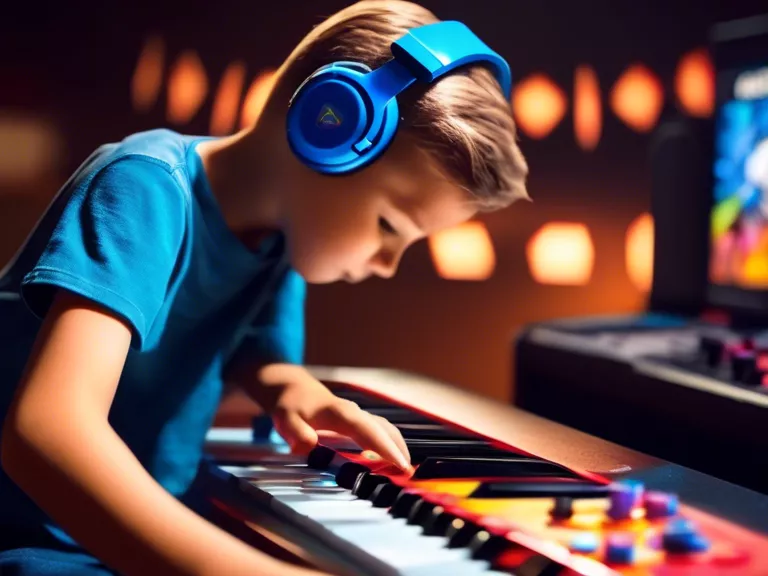
Introduction
In the realm of education, game-based learning has gained popularity as an effective and engaging way to teach various concepts to students. By incorporating music into game-based learning, educators can enhance the overall experience and effectiveness of the educational process. Music has the power to captivate, inspire, and motivate learners, making it a valuable tool in the educational toolkit.
The Benefits of Music in Learning
1. Enhances Memory Retention
Music has been shown to improve memory retention and recall. By associating information with musical elements, learners are more likely to remember and recall the content during assessments.
2. Increases Engagement
Music has the ability to capture and maintain attention. When integrated into educational games, music can enhance engagement levels, making learning more enjoyable and effective.
3. Emotional Connection
Music evokes emotions and can create a powerful connection to the content being learned. This emotional engagement can lead to a deeper understanding and retention of the material.
Strategies for Incorporating Music in Game-Based Learning
1. Background Music
Utilize background music in educational games to create a conducive learning environment. The music should complement the theme of the game and enhance the overall experience for the learners.
2. Sound Effects
Incorporate sound effects that align with the educational content. For example, using different sounds for correct and incorrect answers can provide immediate feedback to the learners, reinforcing learning outcomes.
3. Music-Based Challenges
Integrate music-based challenges into educational games to reinforce concepts and encourage active participation. For instance, creating rhythm-based puzzles or melody recognition tasks can make learning fun and interactive.
Case Studies
1. Melody Matcher Game
In this game, students are tasked with matching melodies to corresponding musical notes. The game incorporates music theory concepts in a fun and engaging way, promoting active learning and retention.
2. Historical Timeline Quest
In this game, students navigate through historical events by solving puzzles and challenges, accompanied by music from the respective time periods. The music enhances the immersive experience and aids in contextualizing the historical content.
Conclusion
Incorporating music into game-based learning offers a myriad of benefits for both educators and learners. By leveraging the power of music to enhance memory retention, engagement, and emotional connection, educators can create immersive and effective learning experiences. Through strategic integration of music in educational games, educators can transform traditional learning approaches and provide a dynamic and engaging platform for knowledge acquisition.



